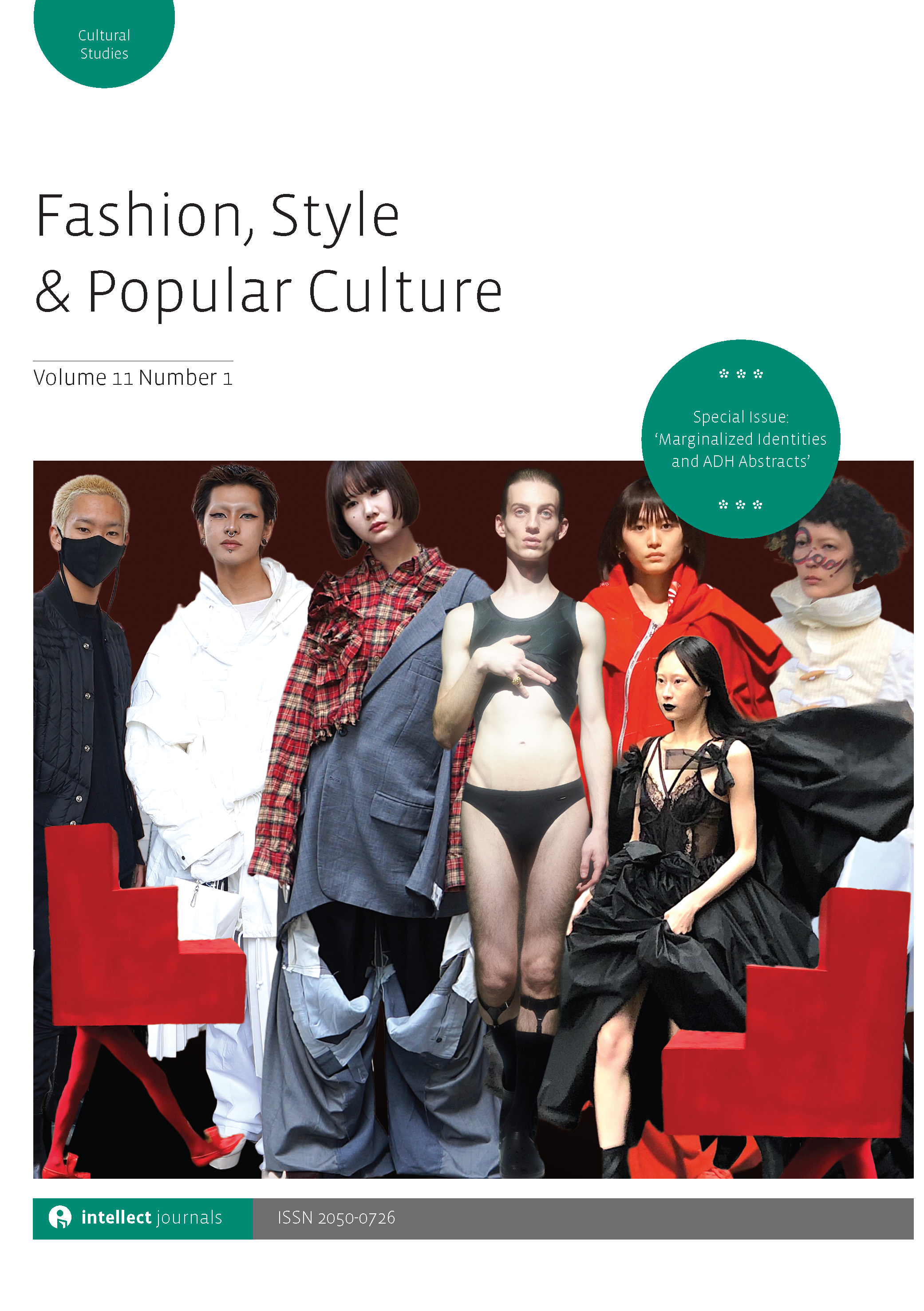
Full text loading...

 , Kanokrat Sahakitpijarn1
, Kanokrat Sahakitpijarn1
Multiple brands, especially in the beauty industry, have considered and employed marketing strategies involving augmented reality (AR) in the past few years. However, the efficiency of augmented reality marketing (ARM) remains understudied. There are few experimental studies, and most are based on samples from western cultures and feature a narrow range of products. This study aims to fill this gap by conducting an experimental study using a sample of Generation Z women in Thailand to examine the effect of AR on lipstick purchase behaviour. This study primarily compares the efficiency of traditional and ARM in improving brand attitudes, reducing the perceived risk related to making a purchase and increasing purchase intentions. The results demonstrate that traditional marketing and ARM lead to significantly different results regarding the three constructs. Nonetheless, both approaches are effective in achieving all three desired outcomes. ARM is slightly more effective in reducing perceived risk, thereby providing valuable insights into its potential for successfully marketing cosmetics.

Article metrics loading...

Full text loading...
References


Data & Media loading...
Publication Date:
https://doi.org/10.1386/fspc_00152_1 Published content will be available immediately after check-out or when it is released in case of a pre-order. Please make sure to be logged in to see all available purchase options.